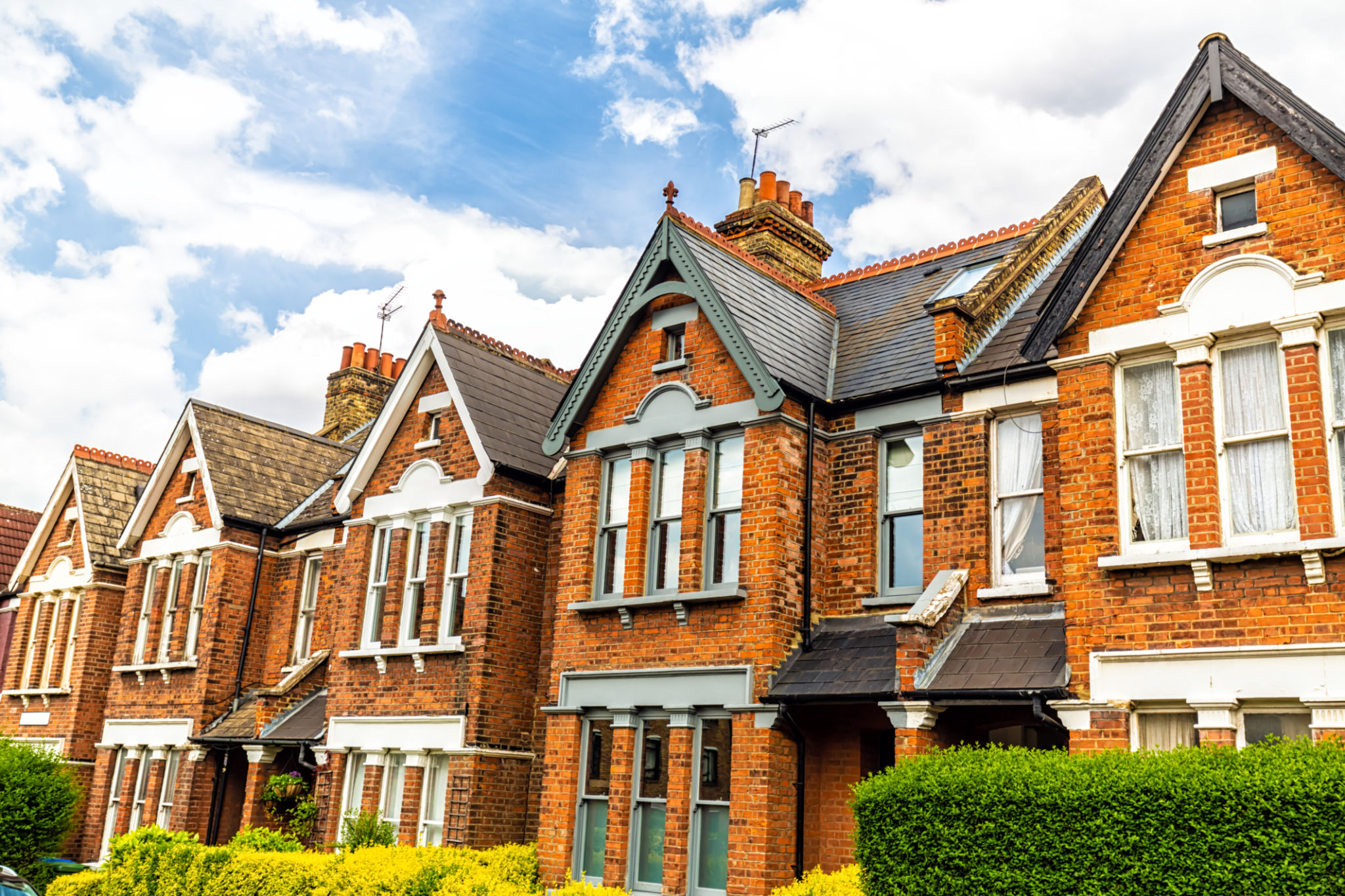Case Study: Transforming a Historic UK Property into a Modern Home
The Charm of Historic Properties
Historic properties in the UK possess a distinct charm and character that modern buildings often lack. These structures, with their intricate architecture and storied pasts, offer a unique opportunity for homeowners to blend the old with the new. Transforming such properties into modern homes, however, presents its own set of challenges and rewards.
While the idea of living in a piece of history is appealing, the practical aspects of making these homes livable in today's world require careful planning and execution. From maintaining structural integrity to updating interiors, each step demands attention to detail and respect for heritage.

Understanding the Challenges
Restoring a historic property involves addressing several challenges. One of the primary concerns is ensuring that any renovations comply with local conservation laws. These regulations are in place to preserve the architectural significance and historical value of these buildings.
Beyond legal considerations, homeowners must also navigate issues like aging infrastructure, outdated electrical systems, and inefficient heating solutions. Each of these elements requires careful modernization to meet current standards without compromising the property's original charm.
The Role of Technology
Technology plays a crucial role in transforming historic properties into modern homes. Advances in building materials, smart home systems, and energy-efficient solutions allow for seamless integration of modern conveniences within historic structures.
For instance, smart thermostats and lighting systems can be installed with minimal disruption to the building's original design. Additionally, innovations in insulation and window technology help improve energy efficiency while maintaining aesthetic integrity.

Preserving Character While Modernizing
The key to a successful transformation lies in balancing modern needs with historical preservation. Homeowners often work closely with architects and conservation experts to ensure that renovations respect the building's original features.
Elements such as original fireplaces, wooden beams, and stone walls are often retained and restored. These features are then complemented by contemporary design elements, creating a harmonious blend of old and new.
Case Study Successes
Several successful transformations serve as inspiring examples of what can be achieved through careful planning and execution. One notable case involved a Georgian townhouse where original sash windows were restored, while modern amenities like a state-of-the-art kitchen and underfloor heating were seamlessly integrated.

Another project saw a Victorian-era home transformed with the addition of a glass extension. This not only enhanced the home's aesthetics but also provided practical living space without altering the original structure's footprint.
Conclusion: Living in Harmony with History
Transforming a historic UK property into a modern home is a rewarding journey that allows homeowners to live in harmony with history. By respecting the past while embracing the future, these projects preserve the unique character of historic homes for generations to come.
Such transformations not only enhance the property's value but also contribute to preserving the nation's architectural heritage. As more homeowners take on these ambitious projects, historic properties continue to thrive, offering a beautiful blend of tradition and modernity.
